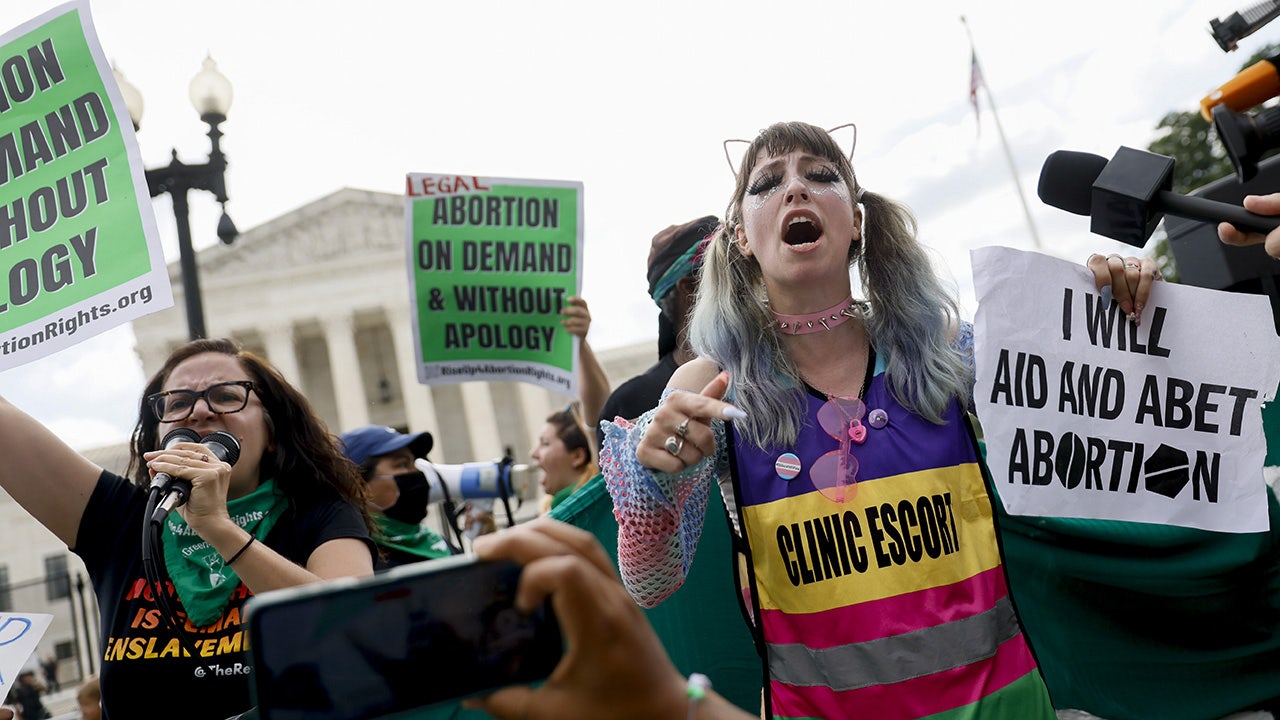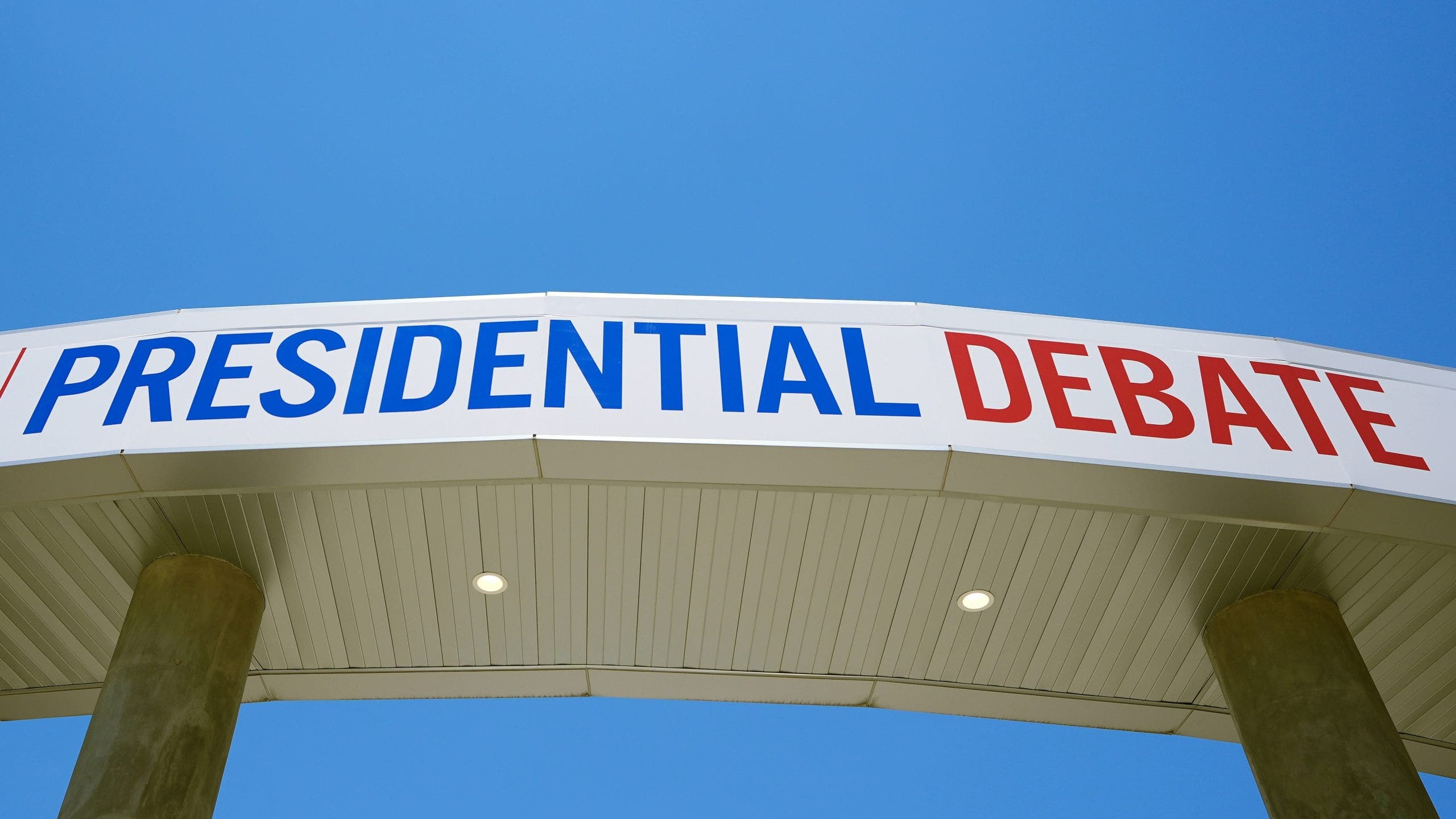Business
Former Ace Hotel in downtown L.A. reopens as 'Airbnb on steroids'
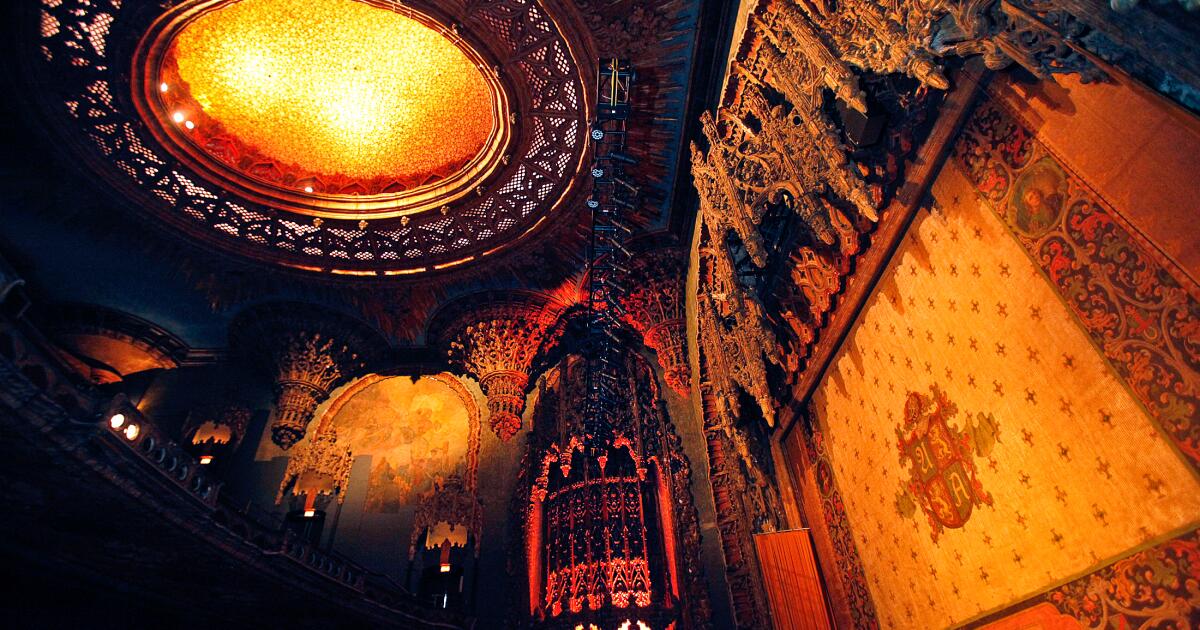
The former Ace Hotel in downtown Los Angeles, which helped lead an economic revival on a historic stretch of Broadway a decade ago, has reopened as a minimal-service operation akin to Airbnb, following a strategy that has become increasingly common for struggling hotels in recent years
Now called Stile Downtown Los Angeles by Kasa, the 1920s-vintage hotel tower has resumed limited operations after shutting down nearly six months ago. Downtown hotels were particularly hard-hit by the pandemic, and some have changed owners or operators.
Ace Hotel Group had operated the 182-room hotel near Broadway and Olympic Boulevard since it opened in 2014, even as its ownership changed twice over the years. The chic brand made the Ace a destination for travelers as well as local residents who patronized its buzzy rooftop bar and restaurants.
Korea-based AJU Continuum, which bought the hotel in 2019, announced last week that it had brought in Kasa Living Inc. to operate the property.
Kasa, which is based in San Francisco and has a national presence, “offers the consistency of a major hotel chain with the convenience and character of a modern short-term rental,” AJU Continuum said in a statement.
Ace Hotel said upon its departure that the Broadway hotel would be operated in the future as “a limited-service, rooms-only operation, managed via a tech platform.”
The limited-service model under which guests typically receive codes to get into their rooms via their phones is “basically an Airbnb on steroids,” said Donald Wise, a hotel investment banker at Turnbull Capital Group. “You’re not going to someone’s house or a condo, but to a box that has no more or less service than an Airbnb would have.”
The independent United Theater on Broadway, which is connected to the hotel, will continue to operate as an open venue hosting concerts, performances and special events, AJU Continuum said. The hotel will have a rooftop wine bar, but no restaurants.
The site has had multiple identities since it was built in 1927. Constructed with backing from film luminaries Mary Pickford, Douglas Fairbanks, Charlie Chaplin and D.W. Griffith, it originally was meant in part to provide a theater for the United Artists movie production company they founded.
The Spanish Gothic theater was designed by C. Howard Crane and the tower by Walker & Eisen, the team behind other local landmarks including the Fine Arts Building downtown and the Beverly Wilshire hotel in Beverly Hills. It held offices for rent and a theater where United Artists pictures premiered, starting with Pickford’s film “My Best Girl.”
Other prominent occupants of the property through the years include California Petroleum Corp., Texaco and flamboyant preacher Gene Scott, whose broadcasts were heard nationally. He died in 2005.
The opening of the Ace in 2014 was a pivotal point in the residential renaissance of downtown that helped spur growth nearby, said Nick Griffin, executive vice president of DTLA Alliance, formerly the Downtown Center Business Improvement District.
“It was evocative of that particular moment in downtown, arriving as a kind of a hipster paradise,” he said. “That area of Ninth and Broadway was a particularly hip area with fashion and hotels at the intersection of the Historic Core, the fashion district and the downtown center.”
Two other boutique hotels created in historic buildings followed the Ace to the neighborhood: the Hoxton Downtown LA and Downtown L.A. Proper. Both are also on Broadway.
Short-term rentals in former traditional hotels and apartment buildings have been popping up downtown as business owners work to find financial equilibrium, Griffin said.
“The new model of short-term rentals is sort of indicative of this moment in downtown as we continue to evolve and innovate coming out of the pandemic.”
Griffin’s improvement district reported that average downtown hotel occupancy, which plunged during the pandemic, has reached nearly 69%, up a percentage point from a year ago. That’s close to what is usually considered a healthy rate but down from late 2019 when occupancy was closer to 80% and average room rates were higher.
“The downtown Los Angeles market is still lagging, hasn’t recovered fully to the numbers that were pre-COVID,” said consultant Alan Reay of Atlas Hospitality Group. “We are definitely starting to see more distress among owners.”
Challenges for hotel owners include a reduction in business travelers to downtown offices as more people work from home resulting in lower revenue. They also face high interest rates on their loans and rising labor costs.
Limited service hotels such as Stile may produce more profit for their owners while also lowering rates for guests who don’t mind having fewer services, Reay said.

Business
Supreme Court upsets $10-billion opioid settlement because it shields the Sacklers
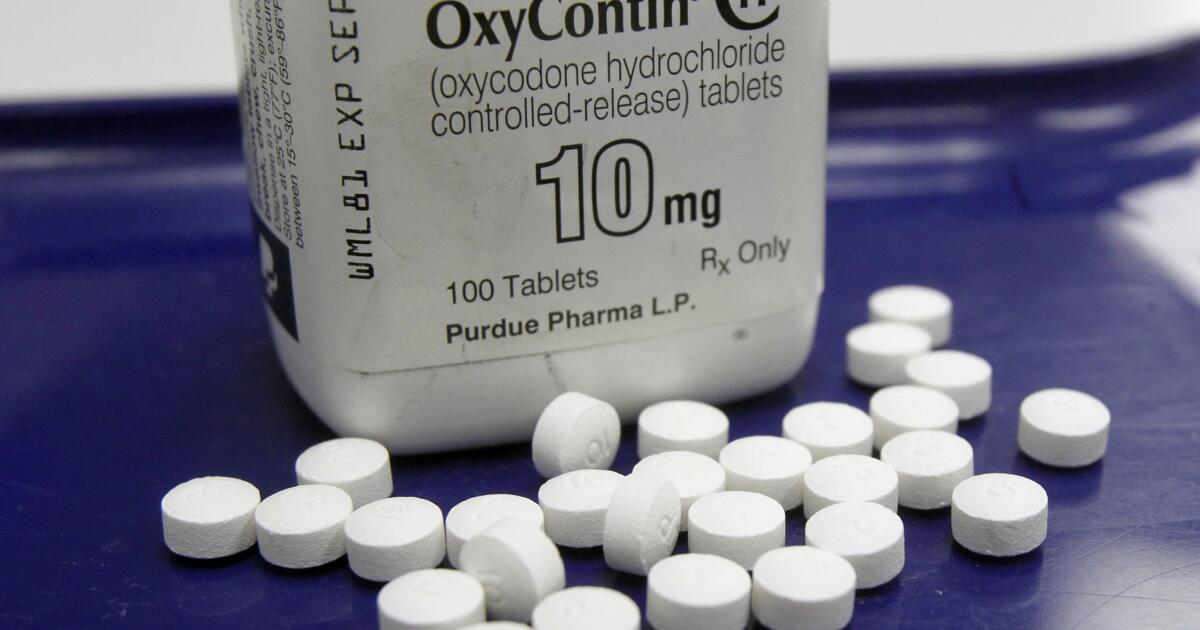
The Supreme Court on Thursday rejected a mass settlement related to the nation’s opioid crisis that would have paid an estimated $10 billion to victims, hospitals, states and others, and shielded the Sackler family from further liability.
By a 5-4 vote, the justices ruled that a bankruptcy judge does not have broad power to arrange a mass settlement of thousands of claims that includes protections for people who are not bankrupt.
The justices were split in an unusual way. Justice Neil M. Gorsuch spoke for the majority, while Chief Justice John G. Roberts Jr. and Justices Sonia Sotomayor, Elena Kagan and Brett M. Kavanaugh dissented.
“We hold only that the bankruptcy code does not authorize a release and injunction that, as part of a plan of reorganization under Chapter 11, effectively seeks to discharge claims against a nondebtor without the consent of affected claimants,” Gorsuch said.
“Today’s decision is wrong on the law and devastating for more than 100,000 opioid victims and their families,” Kavanaugh said in dissent. “The court’s decision rewrites the text of the U.S. Bankruptcy Code and restricts the long-established authority of bankruptcy courts to fashion fair and equitable relief for mass-tort victims.”
The Sacklers, owners of the Purdue Pharma company, had denied wrongdoing but agreed to contribute $6 billion to the settlement fund if they would be protected from future lawsuits.
The case has been closely followed not just because of the opioid settlement but also because of the use of bankruptcy laws to settle other mass lawsuits involving the Boy Scouts of America and some Catholic dioceses.
Purdue Pharma filed for bankruptcy in 2019 facing thousands of lawsuits alleging its marketing of OxyContin as a nonaddictive pain relief pill had triggered an opioid epidemic that led to more than a half-million deaths since the mid-1990s. In the decade prior to the bankruptcy, the company had distributed about $11 billion to members of the Sackler family and their offshore accounts.
Their lawyers maintained that more than half of this amount was paid in taxes.
But the scale of the damage and the liability for OxyContin was extraordinary. A bankruptcy court later put a hold on new lawsuits, while the pending claims against Purdue Pharma and the Sacklers were estimated to seek in total more than $40 trillion.
A coalition of creditors, including victims, hospitals, local and state governments and tribal nations, negotiated a settlement that was that expected to pay out about $10 billion. Most of the funding — about $6 billion — came from the Sacklers.
In 2021, a bankruptcy judge approved the settlement and described it as the “only reasonably conceivable” way to fairly resolve the mass of lawsuits. Without the money from the Sacklers, he said the company would be liquidated, leaving most of the creditors with nothing.
While more than 95% of the creditors said they approved the deal, including all 50 states, the Biden administration’s bankruptcy trustee opposed it. He did so because the settlement shielded the Sacklers from any further or future liability.
In Harrington vs. Purdue Pharma, the trustee argued that the Sacklers were not bankrupt and therefore, cannot take advantage of the shield provided by a bankruptcy settlement.
Last year, the Supreme Court put the settlement on hold to consider that argument.
Business
Inflation’s Wild Ride

“The signal that we’re taking is that it’s likely to take longer for us to gain confidence that we are on a sustainable path down to 2 percent inflation,” Mr. Powell said in May, after price increases had stalled for months. Inflation has recently cooled again, and policymakers are waiting to see if the trend lasts.
The question now is just how much continued progress on lowering inflation Fed officials will need to see to feel comfortable lowering interest rates.
Investors still think it is possible that the central bank will cut rates in September, based on market pricing. Fed officials themselves predicted one reduction this year and four in 2025, as of their June economic forecasts.
For politicians, that means that the November election will almost certainly happen against a backdrop of high interest rates that are making car leases, credit card borrowing and new mortgages pricey for consumers.
After years of elevated inflation, Americans are also still seeing much higher price levels at the grocery store, on car repair bills and at hotels than before the pandemic.
Price increases have slowed, but getting used to new price levels could take time for consumers.
Business
Irvine-based EV maker Rivian gets $5-billion lifeline from Volkswagen
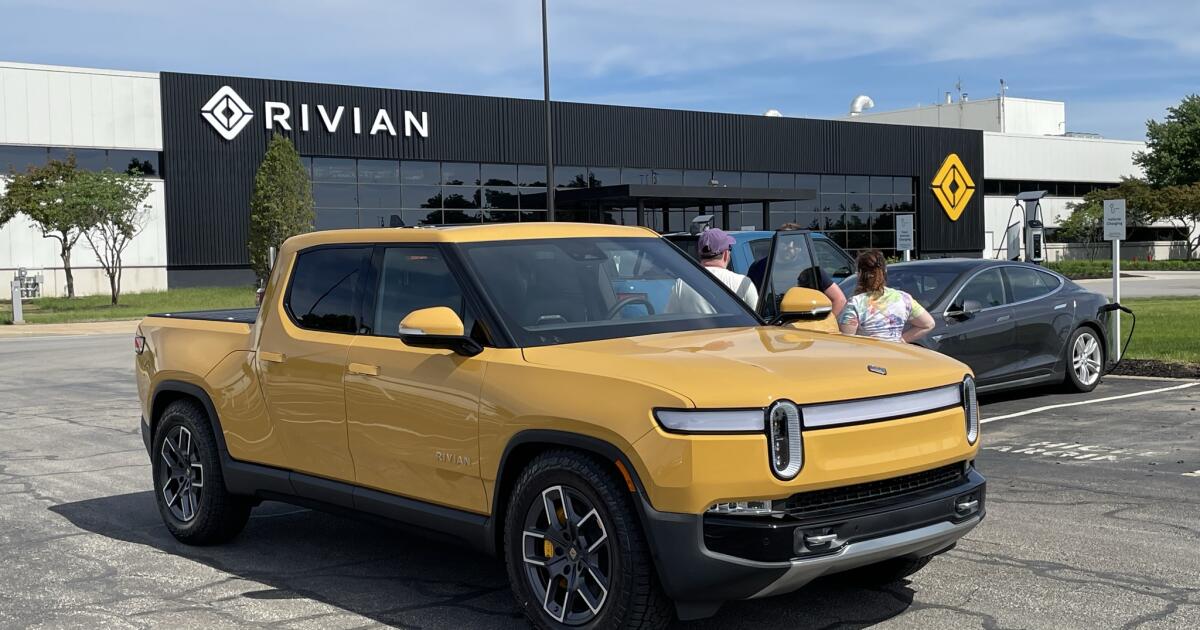
Irvine-based Rivian Automotive got a big financial boost on Tuesday, as Volkswagen agreed to invest up to $5 billion in a joint venture with the struggling manufacturer of electric trucks.
Under a partnership announced by the companies, the German automaker will provide $1 billion initially and as much as $4 billion more over time.
The infusion will give VW the ability to tap the company’s technology to develop “next generation” battery-powered vehicles and software.
The surprise investment comes during a tough time for the electric vehicle market, which has posed economic headwinds for Rivian and other EV makers.
With their sleek design, Rivian trucks and sport utility vehicles initially drew plenty of interest among investors, fueling a massively successful initial public offering of stock in 2021; the company ended its first day of trading valued at nearly $88 billion. Amazon.com is Rivian’s largest shareholder.
But analysts said some car buyers were put off by the high price of Rivian’s latest offering of vehicles — the company’s R1T electric pickup truck starts at nearly $70,000, while its R1S SUV starts at almost $75,000.
Rivian reported a net loss of $1.52 billion for the three-month period that ended Dec. 31, compared with $1.72 billion during the same period a year earlier.
Signs of stress mounted. In March, Rivian postponed plans to build a new $5-billion manufacturing plant in Georgia to save money amid heavy losses.
A month earlier, Rivian announced a 10% cut to its workforce and lower production expectations.
Last week another local EV manufacturer — Fisker Group Inc. of Manhattan Beach — filed for Chapter 11 bankruptcy protection after it failed to secure financing from undisclosed automakers.
Early this year, Apple pulled the plug on its self-driving electric vehicle program, reportedly after spending $10 billion over a decade.
And Lucid Motors, a maker of luxury electric vehicles in the Bay Area city of Newark, received a $1-billion infusion last month from an affiliate of the Saudi sovereign wealth fund — the kind of big backer that Fisker didn’t have.
Rivian’s shares, which were pummeled earlier this year, jumped 30% in extended trading on Tuesday. The shares closed at $11.96.
Tesla Inc., the biggest player in the business, also has been squeezed by weak sales and declining profits. The company said in April that it would lay off more than 10% of its workforce.
Bloomberg News contributed to this report.
-

 News1 week ago
News1 week agoNYC pastor is sentenced to 9 years for fraud, including taking a single mom's $90,000
-

 Movie Reviews1 week ago
Movie Reviews1 week agoFancy Dance (2024) – Movie Review
-

 News1 week ago
News1 week agoRead the Ruling by the Virginia Court of Appeals
-

 Crypto1 week ago
Crypto1 week agoIdris Elba Promotes Cryptocurrency in West Africa – BORGEN
-
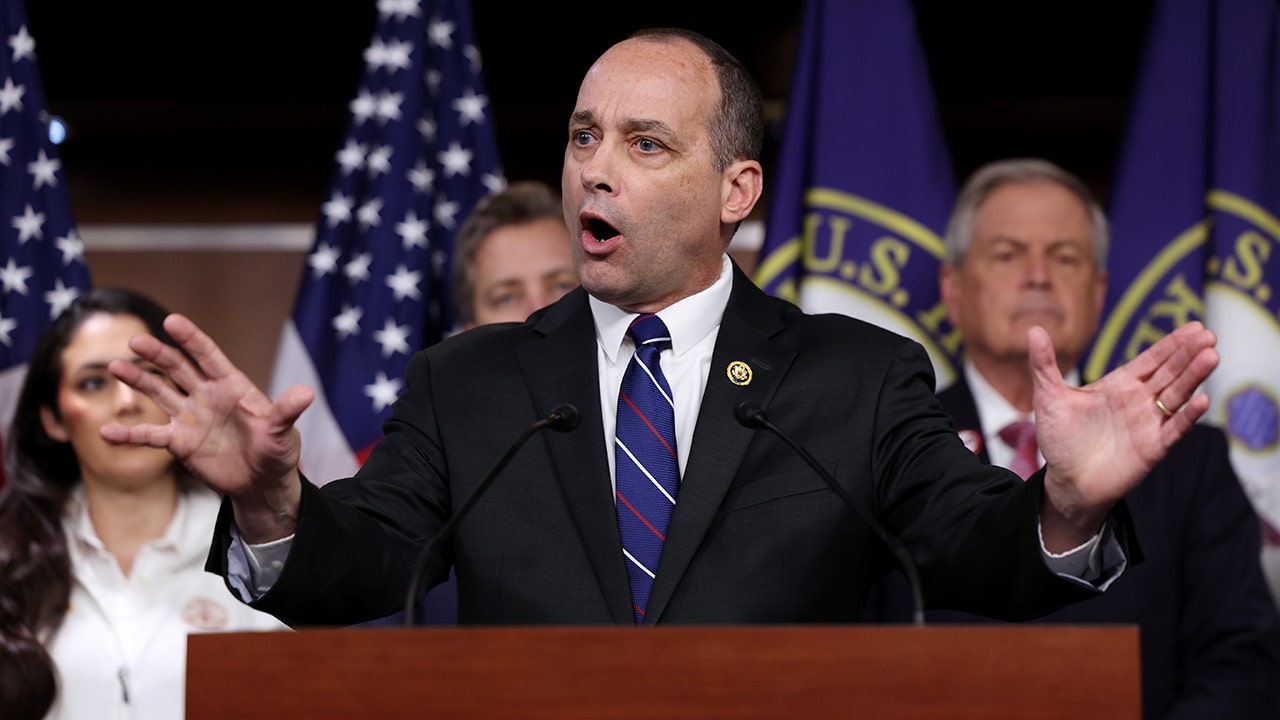
 Politics1 week ago
Politics1 week agoTrump targets House Freedom Caucus chair in intra-party Republican primary feud
-

 News6 days ago
News6 days agoTracking a Single Day at the National Domestic Violence Hotline
-

 Politics6 days ago
Politics6 days agoTrump classified docs judge to weigh alleged 'unlawful' appointment of Special Counsel Jack Smith
-

 News6 days ago
News6 days agoSupreme Court upholds law barring domestic abusers from owning guns in major Second Amendment ruling | CNN Politics










